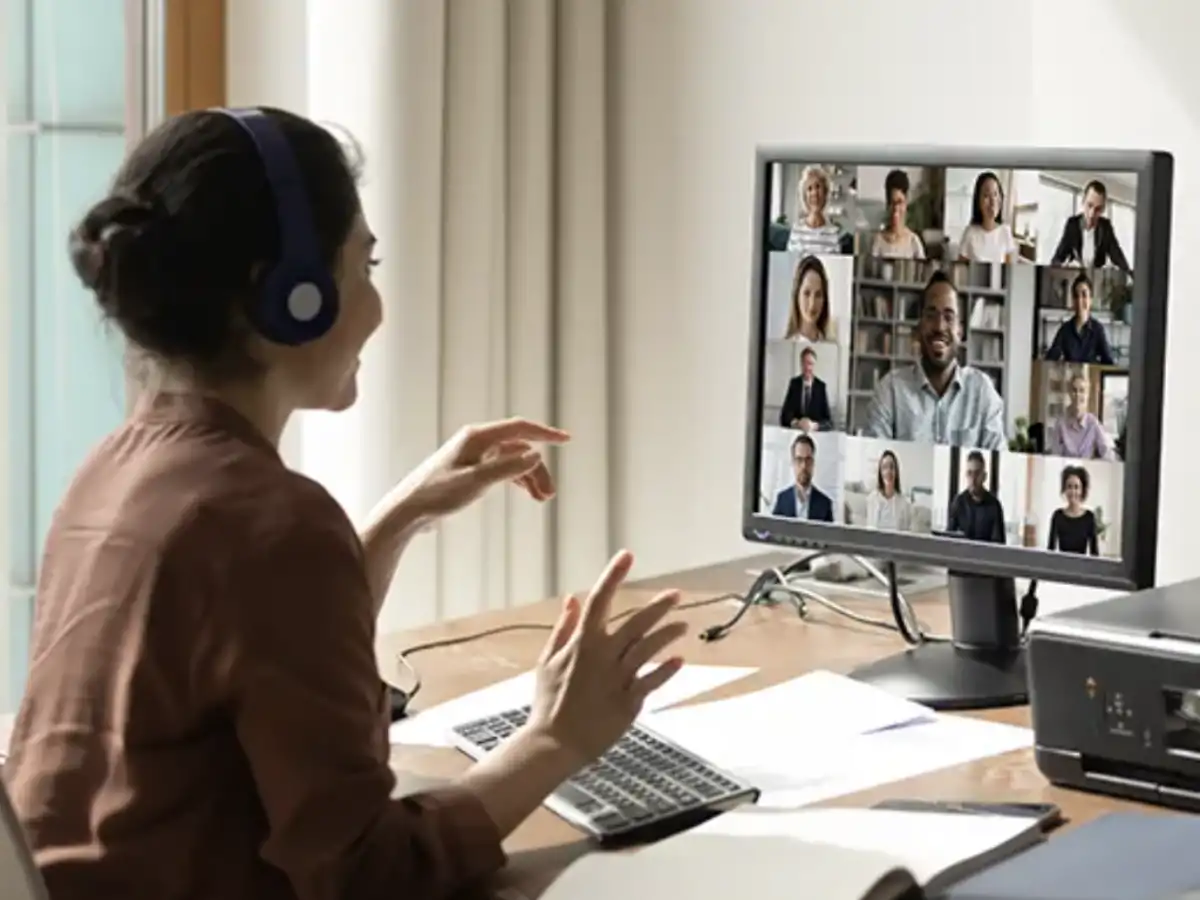States we serve: VA, MD, DC, PA, NC, SC, and WV
Preventing Cyber Attacks on Remote Employees
October 14, 2022 · 5 minute read · Commercial Lines

Have questions?
Contact us today.
Please note: coverage cannot be bound or altered online. A service representative will need to contact you to finalize your request.
More than 4.7 million employees in the United States work remotely for at least half of their working hours. While the option to work remotely can be beneficial for both employees and employers, remote work also comes with unique challenges—specifically, cybersecurity.
Remote employees are highly targeted by cybercriminals. A study by Alliance Virtual Offices found cyber attacks have increased by 238% since the start of the COVID-19 pandemic in 2020 – a timeframe that correlates directly with a significant increase in remote workers. In a survey by Tenable, “74% of organizations attributed recent business-impacting cyber attacks to remote work tech vulnerabilities.”
The threat is undeniably significant. But the good news is there are steps you can take to protect your remote employees and your business from cyber attacks.
What are the most common cyber threats for remote employees?
Hackers have been assaulting businesses since the first computer was invented, always trying new methods of gaining critical information. Depending on its size, an organization may receive thousands of hacking attempts each day. These attempts are typically prevented by IT security teams and firewalls. However, with employees working from home, those protections aren’t as guaranteed.
Here are some of the most common cyber threats facing remote workers:
- Phishing: Phishing is an attempt to gain personal information, such as computer passwords, Social Security numbers, or other data. Hackers and scammers will impersonate a legitimate company and send fake emails to solicit this information, typically with a phony threat.
- Vishing: Vishing, or voice phishing, takes phishing a step further. This is when a scammer spoofs a legitimate phone number (from within the organization or otherwise) and poses as an IT help desk, using that alias to solicit personal information. These calls may even be routed to personal cellphones, making it harder for organizations to catch. Vishing attempts are a recent trend but are increasingly prevalent. Employers should review existing cybersecurity policies to directly address vishing.
- Malware: Malware is a type of computer virus that is typically disguised as an innocuous program, email attachment, or link. These viruses infect computers and can do any number of tasks, typically hidden to the user. For instance, they might store password data, track website activity, or download personal files.
- Brute force attacks: Brute force attacks are when hackers try logging into someone’s account many, many times. These attempts work most often when individuals reuse usernames and passwords across different accounts. A hacker may expose the information to one account, then use those credentials everywhere else they can think of, eventually gaining access.
These cyber threats are made worse when employees are working from home, especially if they conduct business on personal devices or don’t connect to a secure network. This is why it is essential that you proactively address cyber threats with your remote employees.
Protecting Remote Employees and Securing Data
There is no single solution to avoiding cybersecurity threats. But there are key steps you can take to protect your employees and critical data, including the following:
- Behavioral analytics tracking software: This is software that monitors the computer habits of each employee. Since hackers can impersonate an employee, it’s hard to detect when someone’s credentials have been compromised. With analytics tracking software, the program would be able to spot when a user is displaying abnormal computer usage. This will depend on the individual, but it may include accessing certain files or transferring large chunks of data.
- Automated threat detection software: This software is like antivirus programs found on many computers by default. It can scan files and detect malicious programs automatically. Automated threat detection software often pairs with other efforts, such as behavioral analytics.
- Comprehensive work-from-home guidelines: Using personal devices to conduct business is an easy way to compromise usernames and passwords. Employers should set clear guidelines regarding acceptable technology to use (often a work-provided laptop) and work locations. For instance, cafes may be off-limits because they often have unsecured networks.
- Employee education: Education and training are perhaps the best protections against cyber threats. Employees should know basic cybersecurity tactics, such as how to spot a phishing email, how to recognize a scam caller, and how to report a potential security breach. They should also be instructed to not reuse login credentials, especially between work accounts and personal accounts.
Employee education is especially important, as hackers and scammers become more sophisticated each week. Keep an eye out for new scams and alert your employees as needed.
As with any successful initiative, cybersecurity protocols must be observed by all stakeholders within an organization. That means educating everyone, from the top down, about how to protect themselves and their workplace from cyber threats. If even a few individuals go without proper training, the entire organization could be compromised.
Cyber threats are becoming more sophisticated and commonplace. Start educating employees about cybersecurity today to better protect your organization. Contact your Leavitt Group insurance advisor to learn more about protecting your business from cyber threats.
Other articles you’ll find helpful:
Developing a Data Breach Response Strategy
Social Engineering — A Risk You Can’t Ignore
Cybersecurity and Working Remotely
References:
https://www.apollotechnical.com/statistics-on-remote-workers/
https://www.globenewswire.com/en/news-release/2022/03/15/2403837/0/en/Working-From-Home-Increases-Cyberattack-Frequency-by-238-New-Study-by-Alliance-Virtual-Offices-Finds.html
https://www.cepro.com/news/study-finds-link-between-cybersecurity-attacks-and-remote-work-technology/




